The Ultimatum
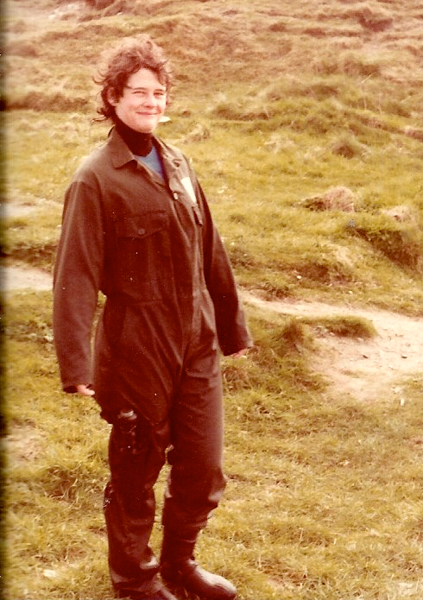
Newly wed and keen for excitement, I introduced Christine to the world of competitive dingy sailing. 2 months, a slew of lost impromptu races and 2 capsized boats later, she delivered an ultimatum, “The boat or me”. All this swinging out over freezing water on a long rope had not rung her bell. My sailing ambitions in tatters, we turned our attention to SCUBA diving. Out of the frying pan into the fire as far as freezing water was concerned,
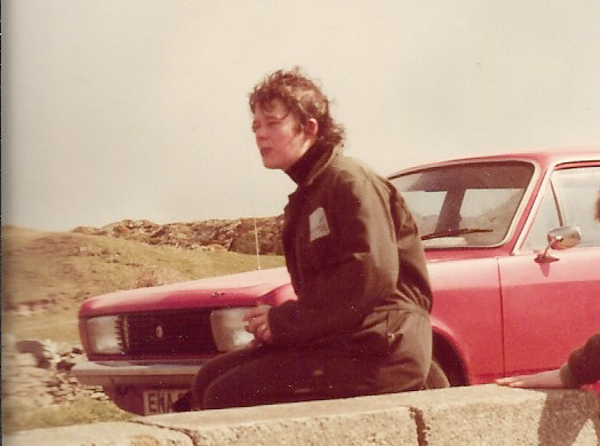
British Subaqua Club
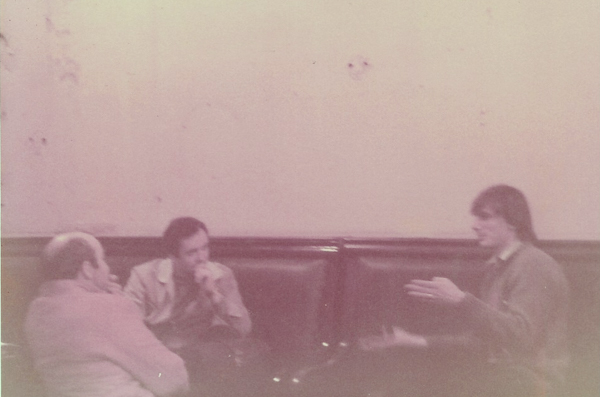
Lectures By John Hall
The British Sub Aqua Club had been in existence for at least 50 years before we arrived in Manchester in 1981.
We decided that we would start scuba-diving in England. At that time the British Sub Aqua Club was a very active club which provided excellent, cheap training for scuba-diving. We joined the Salford branch for an annual fee of £36. 00. This was a very active club, and the cornerstone of the club was a man called John Hall (far left of the above picture).
John was a bachelor and a fire investigator in the Manchester area. His real passion was scuba diving. He was one of the most senior divers in England. He had five stars and he instructed all manner of diving related courses. If you were prepared to dive, John was prepared to take you.
The various BSAC clubs distributed throughout the United Kingdom co-operated and set standards for safety, expected knowledge and skill levels for various qualifications.
They also provided transits and information how to access and find various dive sites and wrecks along the coast. In those days there were was no GPS and the only way to find the dive site was to have a decent set of drawings of the transits that lined you up with various landmarks. An experienced diver with previous knowledge of the site was pretty helpful too! John never let us down. You threw the anchor into the wreck and hoped the anchor snagged in the wreckage. You exited from the boat by a backward roll, but always on a line attached to the boat. The intertidal currents raged, and if you let go and the boat had to come fetch you then no one was happy. We had a short period of slack between the changing of the tide and had to get everyone in through this little time window, 2 at a time. Once in the water you would pull yourself down the anchor line to the wreck. Hanging from the line like flags with masks vibrating. If you were lucky you would be on the dive site……some times.
Visibility on a good day was maybe 5m, more commonly 1-3m, so you often found the dive site, or the bottom, with your face!
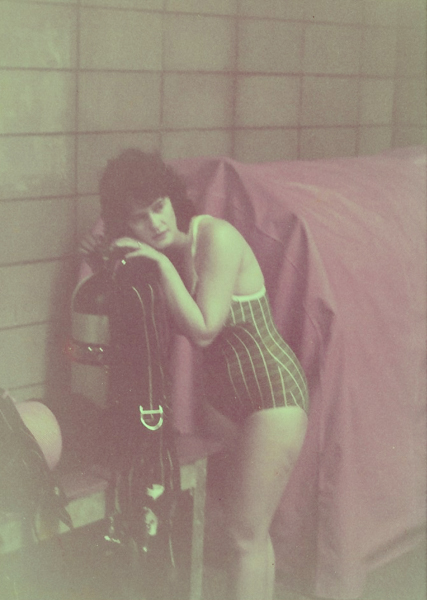
Christine At Pool Training
Salford BSAC Club
The club had meetings on Tuesday evenings at the Salford Arms. All good things happen in pubs in England. We had a meeting room over the bar and Chris and I soon became the designated barman and maid and provider of snacks and meals. To be fair Chris was the only girl for several years, and so got the domestic duties for a bunch of non domesticated men. The lectures and pool training lasted the six months of winter. The pool training was done in the Salford municipal pool, luckily heated, but it felt chilly despite the heating.
The lectures were exhaustive and detailed with frequent examinations. The pool sessions allowed for a gradual introduction and acclimatisation to the equipment, and then random games with and without clothes, weight and blackout googles.
I remember being asked to swim two lengths of the pool with a weight belt which was 10% of my body weight, I belong to the dense bone phenotype and sink without a weight belt. I had to walk the length of the pool, which in places was 3 meters deep. No matter how fast I swam I was at the bottom. I did the two lengths of the pool along the bottom. Good breath holding training.
Christine’s nemesis was the 7 meter duck dive into the inky blackness of a quarry full of duck shit. The vis was so bad they put a diver at 7m with a torch to guide you to the depth. You saw the torch when it hit you in the face but not before. If you did not do it you did not qualify. She is the opposite of me and naturally buoyant. With all the neoprene she had 15 kg of lead and still could not get under.

Salford Municipal Pool Training Session
The activities included donning and doffing equipment and an emergency free ascent along the 50m length of the pool, after they turned off your air unexpectedly. After repeated drills with a blacked out mask you could definitely put all your gear together and take it on and off underwater in the dark. Buddy breathing exercises were rigorous as octopus regs were not around at this time. Out of air in the dark and depths, your buddy better be sharp.
The evenings were then finished off by planning the next dive adventure, This usually involved us heading for the Welsh coast at the weekends, and longer trips to Scotland or out into the Irish Sea 2 to 3 times a year.
Our club was well known for its knowledge on all the Anglesey wrecks in North Wales.
The club owned a boat which was a World War II landing craft made from bullet-proof aluminium and as heavy as sin. The single Yamaha engine pushed it along at a grand speed of 3 knots. In some riptides you would go backwards unless you found an eddy along the shore to escape the rip. The worst was trying to launch the boat on a shingle beach, moving half a ton of stone and half a ton of boat. You got plenty of physical exercise diving in England. We were happy that most of our club were miners and firefighters with muscle to spare. Because of the weight and size of the boat, and the tiny engine, we did not do shore breaks or rough seas, Conditions had to be calm to launch.
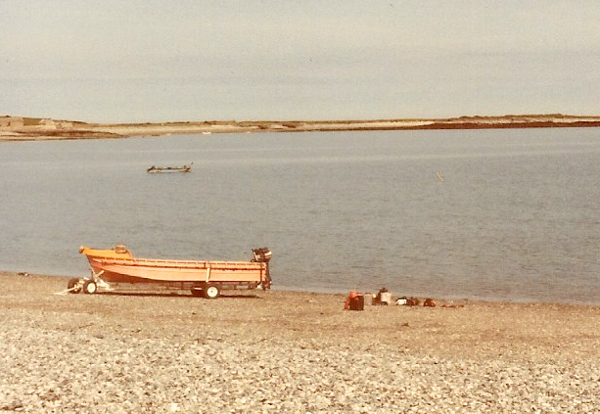
The club boat was an ex world war two landing craft
Equipment
The water was cold and sunny conditions were rare. There were no dive operators that took you to local dive sites, you had to find the dive sites yourself. No PADI and no NAUI telling you what to do, indeed no commercial dive training. Thank goodness!
In the BSAC system, equipment was lent to you in the early stages of your diving career by the club and other divers. Once you had completed your 20 training dives you were expected to purchase all relevant dive equipment for yourself.
We used to buy from the dive shop in Davyhume, a suburb of Manchester. After 20 years, when we went back to see if it was still there, the owner greeted us by name as if we had never been away for half a lifetime. Needless to say the hundred thousand divers in the United Kingdom were generally hard-core scuba addicts.
A buoyancy compensator (BC) was not a regular part of the diving equipment, many dived without anything although they were slowly beginning to be more popular. We used horseshoe collars which had a tiny bottle of CO2 for emergency inflation. Others had air compartments in the chest of the wetsuit that could be inflated, we called them robin red breasts as the inflatable pocket was red. Wetsuits had to be protected from damage by sharp metal with an industrial canvas or cotton overall. Not the height of scuba fashion we have today and colour coordination was unheard of.
People wore helmets with lights to see in the murky conditions without holding a torch so we looked like underground miners. Eventually you organised your weight belt to carry chisels, punches, hammers and saws to remove non-ferrous metal. The D rings would have, buddy lines, snag buoys, torches and lifting bags attached. Basically we looked like Christmas Trees.

Horse Shoe Collar Tied Up As Tie. (You only unfolded it in emergency)
The most important piece of equipment was your blob buoy and reel. A single buddy team would be on one blob buoy. In poor visibility, and/or strong currents, a buddy line (a short rope with marine clips at each end) would be clipped between the divers to prevent them separating. The visibility was often less than 2 meters and in particularly poor visibility the buddy line would then be clipped to the blob buoy rope. It was not unusual to never see your buddy on a dive, despite never being more than 5m apart. You learnt to feel the tension in the buddy rope and move forward as a team, sort of in the same direction.
Every diver had their personalised blob buoy and reel, we used Kermit the Frog (a childs inflatable bounce ball) and he remains with us to this day as a lucky charm, 40 years later. John Hall had a Rupert The Bear space hopper…. Etc. We all knew whose was whose and, unless the current carried it underwater, where everyone was.
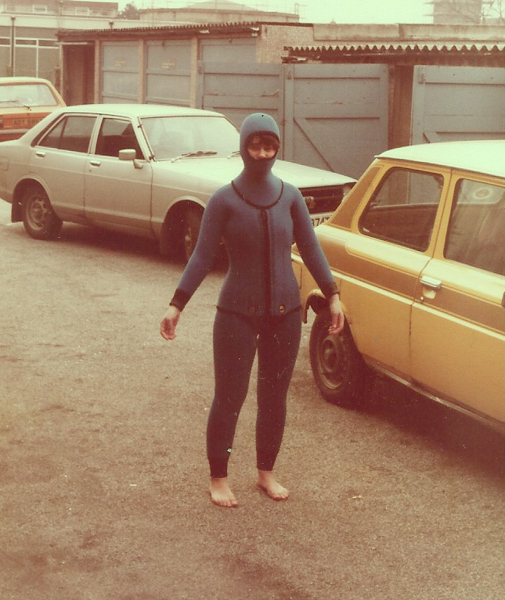
Christine in a made to measure 7mm wet dry suit which trussed her up like a chicken. She could only bend her arms and legs when she got down to 10m!
Training Dives
The first dive which was recorded in our dive logs was at Ecclestone quarry.
The snorkel tests included a 500 meter swim. You then had to tow an unconscious diver 50 metres. The final test was to duck dive to 7m, difficult to achieve as the visibility was less than 1 m and the water was 3°C.
Christine was in a 7 mm wet dry suit which was totally unsuited to her small frame. She had far too much buoyancy and a weight belt weighing about 15 kilograms. The material and stiffness in the wet suit made it difficult to bend her arms and she eventually bought a membrane dry suit. She later managed the duck dive in better visibility in the sea.
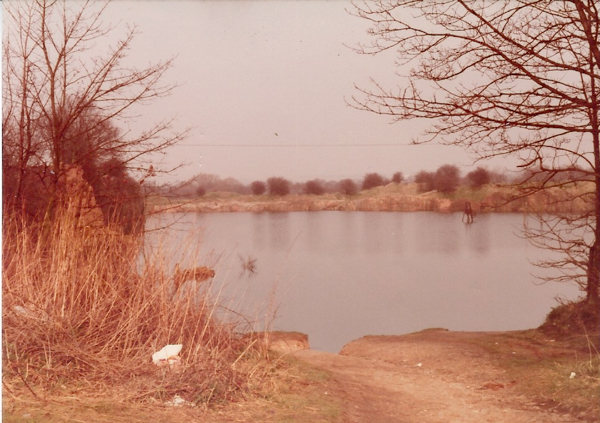
Ecclestone Quarry A Crime Scene
Ecclestone quarry became famous as a crime scene when a murderer threw a corpse into the quarry without a head or hands, clearly planning for it never to be found or identified.
The murderer did not realise that this was a well-known training site for scuba-diving, swarming with enthusiastic scuba addicts every weekend. Grid searches, lifting bags and general rummaging was the order of the day every Saturday and Sunday. Needless to say it did not take long before the corpse was discovered. The murderer was caught some years later. Because of the short time in the water, and absence of decomposition, they were able to identify the body from a tattoo.
A lot of the clubs acted as police reservists so searching quarries for dead bodies was not exactly unfamiliar.